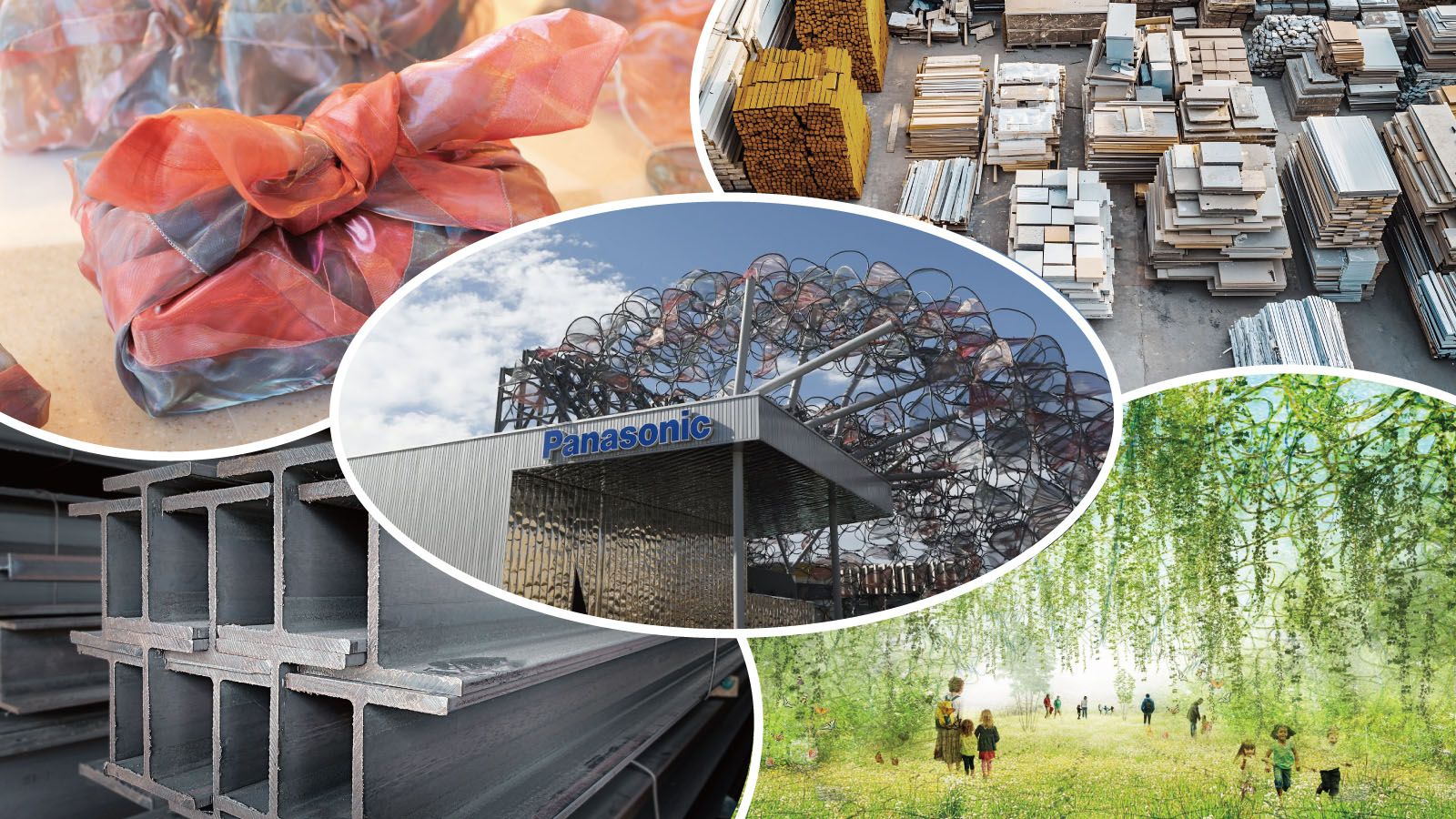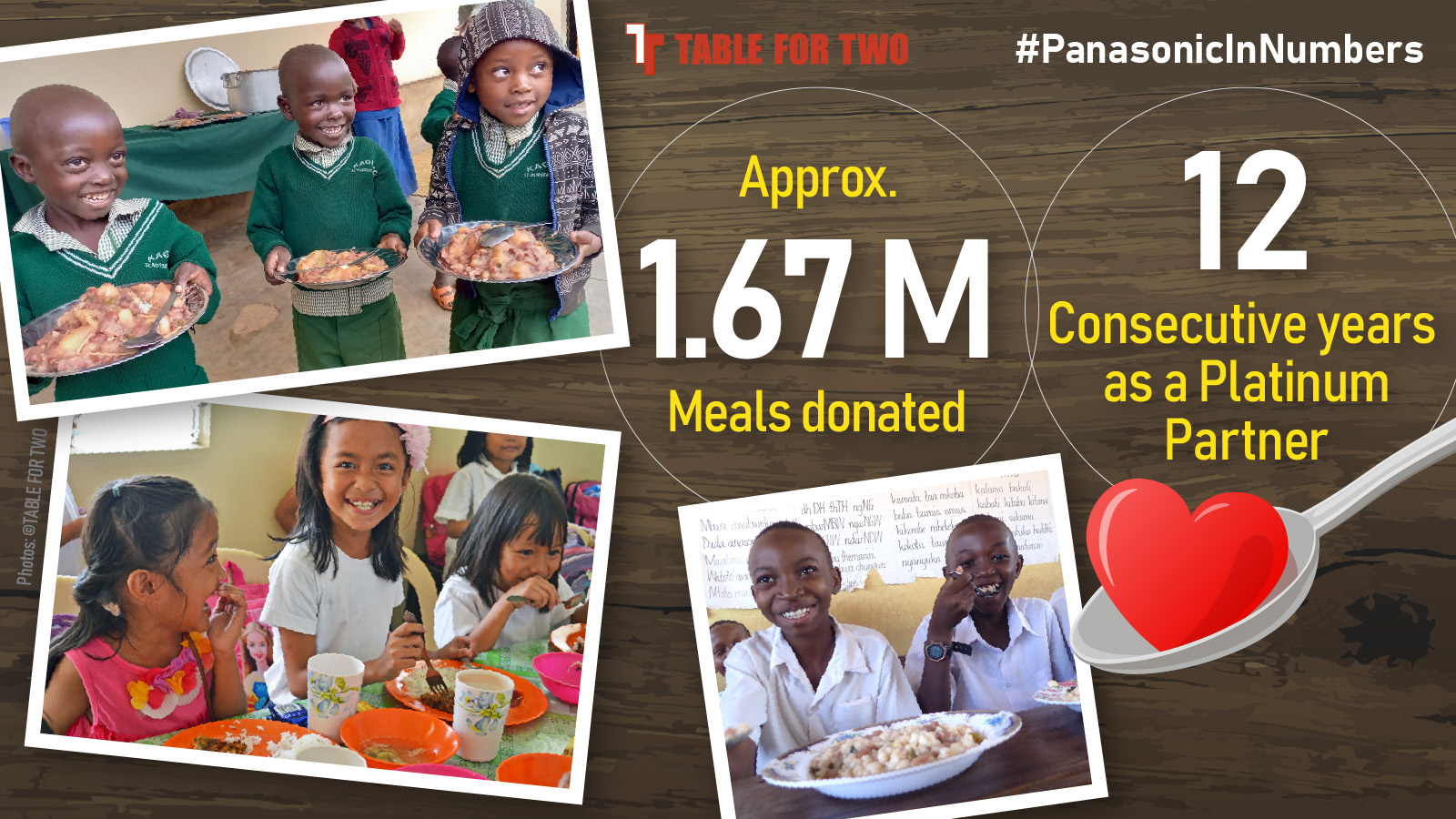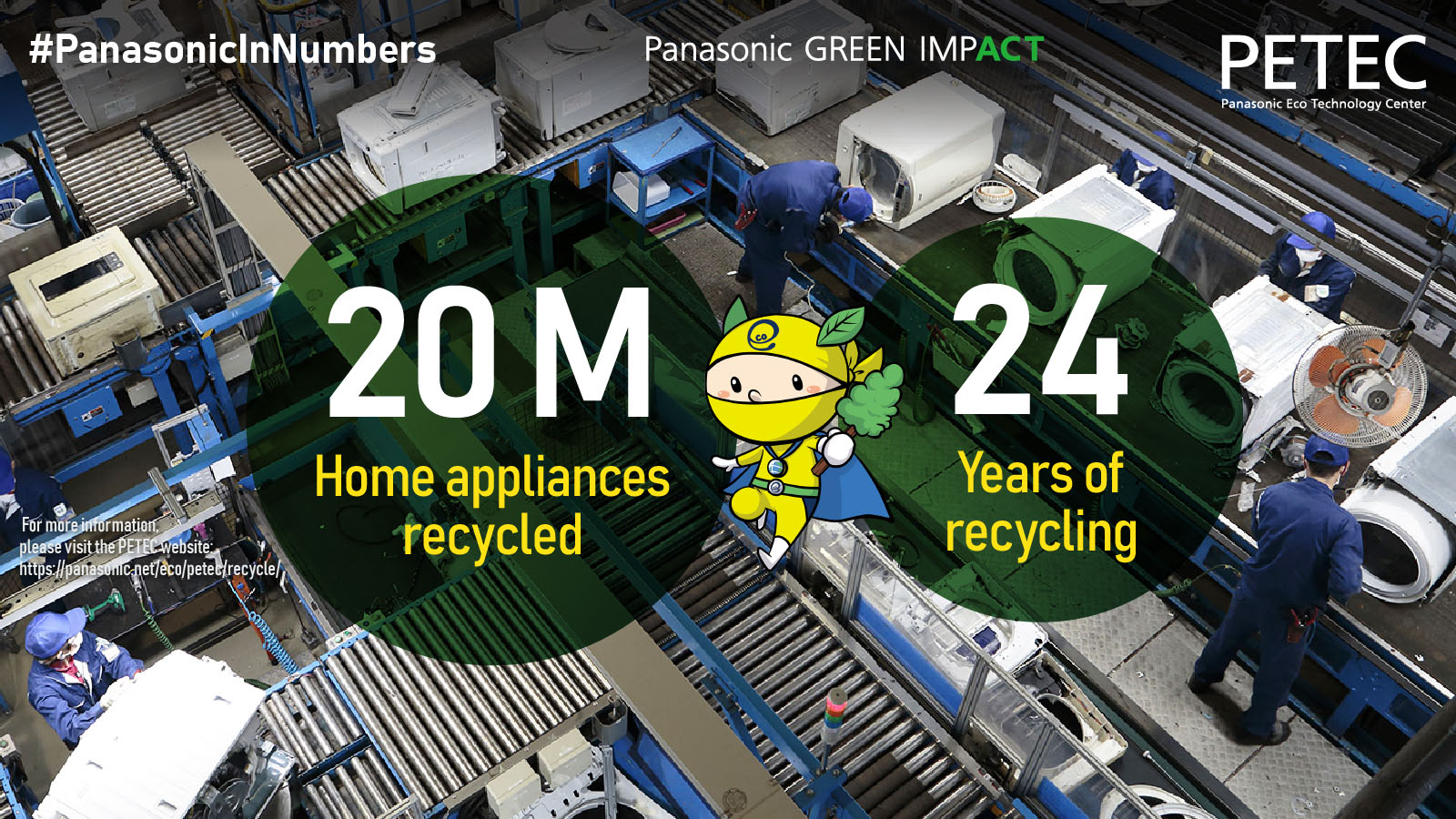The plant-based kinari takes on a sleek, contemporary form in products created by Madrid-born, eco-conscious fashion brand ECOALF, whose slogan “Because There Is No Planet B” resonates with the kinari team’s own commitment to sustainability. ECOALF has used kinari for fasteners, buttons and other parts in the label’s Act collection, exclusive to Japan and released in 2022. ECOALF’s Japanese stores have been using hangers made from kinari.
“Interest in kinari from overseas companies is coming mainly from advanced economies in Europe and Asia, where previously widespread use of plastic is being reined in by new laws and regulations,” says Wada.
A tie-up with Fukuchiyama City in Kyoto Prefecture, meanwhile, underlines the importance of educating the next generations on sustainability and the SDGs. At Fukuchiyama City Elementary and Junior High School, kinari will be utilized both for students’ bento boxes and other lunchtime tableware and as a teaching material for learning about the environment, from fall 2023.
The cellulose fiber content of the kinari to be adopted by the school is taken from trees felled from local woodland. This illustrates the potential of kinari as a sustainable material whose flexible range of “ingredients” can be sourced from a given region, and the resulting kinari then used to manufacture products in the same locality.















